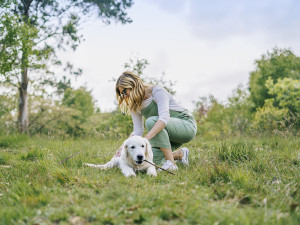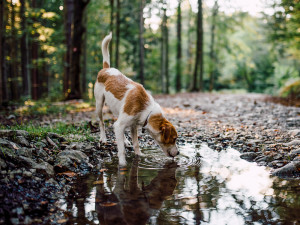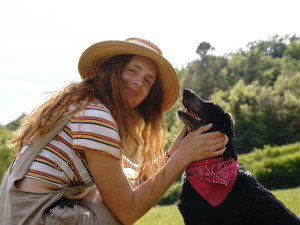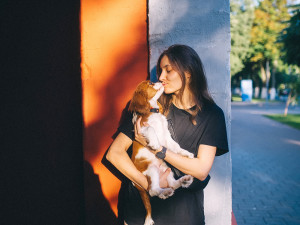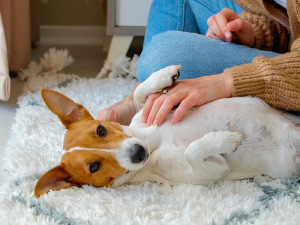Monkeypox Has Been Found in a Dog: Here’s What You Need to Know
A key number to remember here: 21.
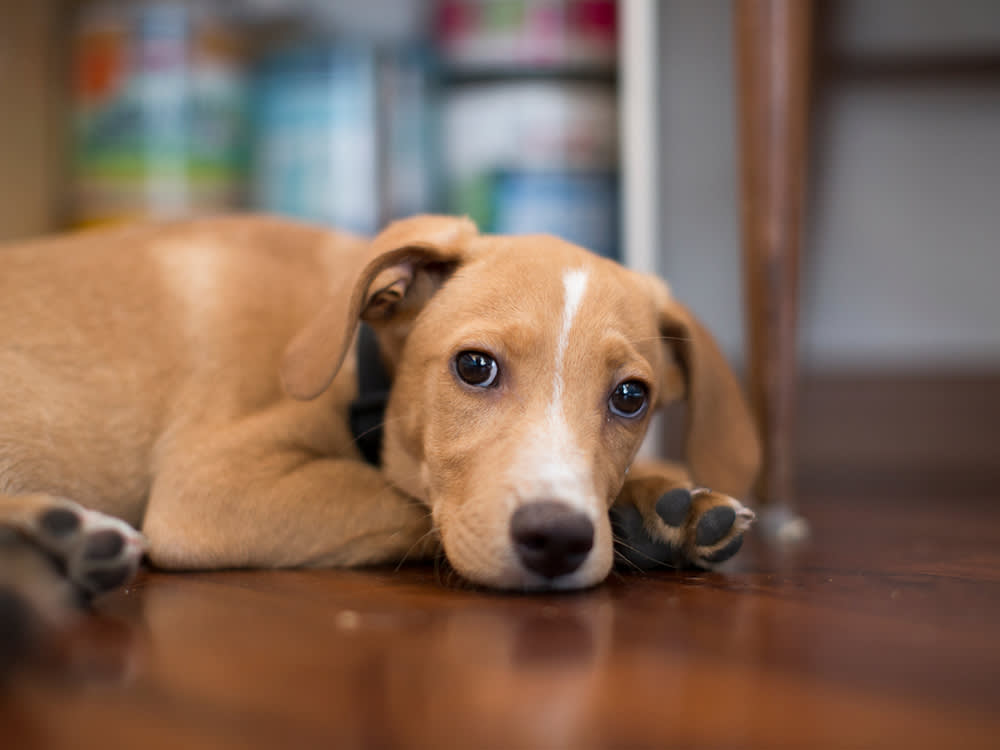
Share Article
After living through two years of COVID-19, many of us may have more or less ignored the first reports of monkeypox opens in new tab in the U.S. in May. What’s a case or two of an obscure viral infection compared to the once-in-a-generation pandemic we’ve just endured (and continue to endure)?
Well, sorry to say the exact last thing you want to hear, but it’s time to start paying attention: Monkeypox was recently declaredopens in new tab a public health emergency, and as of August 14, there has been one confirmed caseopens in new tab in a four-year-old Italian Greyhound in France. The dog reportedly developed symptoms 12 days after its owners. And while information is limited about how to protect ourselvesopens in new tab against the virus, less is being shared about how monkeypox could affect our pets.
Yes, we are adding one more thing to your ever-growing list of general and specific anxieties, but hey, aren’t we all mostly numb to bad news at this point? Take a deep breath, give your pet a scratch, and know we’ve got you covered. Here’s your guide to keeping your pet safe and what to do if they get sick.
What to Know About Monkeypox in Pets
Before you freak out, it’s important to note that there have been no confirmed cases of monkeypox in domestic dogs and cats in the U.S. and U.K. We do know, however, that animals can catch the virus; study published last weekopens in new tab in The Lancet medical journal confirmed evidence of human-to-dog transmission.
How much do you spend on your pet per year?

Most notably, in 2003,opens in new tab humans contracted monkeypox after handling prairie dogs with the virus, which was, at the time, the largest outbreak of its kind.
Vets still believe that, like humans, the monkeypox virus can enter your pet’s body through the respiratory tract, eyes, mouth, or broken skin, according to the American Veterinary Medical Association (AVMAopens in new tab). This could happen in a number of ways, including direct contact with contagious people, prolonged face-to-face contact (meaning exposure to respiratory droplets), and even contact with virus-contaminated surfaces.
Like humans, the incubation period for monkeypox in animals averages between seven and 14 daysopens in new tab, during which time those infected generally don’t exhibit symptoms and are not contagious. But once contagious, animals can spread monkeypox to people, and people may be able to spread monkeypox to their pets through close contact, according to the Center for Disease Control (CDCopens in new tab).
How to Prevent Your Pet From Catching Monkeypox
First and foremost, people with monkeypox should avoid contact with animals (and people should not take care of pets who were exposed to monkeypox).
If you have symptoms but have not had close contact with your pet since the onset of those symptoms, they can be kept at home but should be isolated from other animals and people for 21 days after the most recent contact. Disinfect your home after you have recovered — but before your healthy animal returns home.
This can also be true for pets who have been in close contact with a symptomatic person with monkeypox, be it you or someone else; vets believe it’s preferable to keep your pet in your home. However, the CDCopens in new tab notes if pets of those who are immunocompromised, pregnant, have young children present, or have a history of atopic dermatitis or eczema, it’s best to ask friends or family to take care of your dog in a separate home for 21 days after your most recent contact.
OK, so does that mean we should all avoid contact with our pets just in case we may infect each other? Hardly, according to veterinarian Dr. Annette Louviere.
“It’s reasonable to be concerned about what can make both you and your pets sick, especially since we only have preliminary information on how this particular virus may affect dogs and cats,” Dr. Louviere tells Kinship. But that said, she assures that “if your pet has not been in contact with someone infected with monkeypox, then there is no need to limit your contact with your companion!”
How To Tell If Your Pet Has Monkeypox
Take note: Signs of monkeypox infection in animals may appear differently than in humans, according to the AVMAopens in new tab. While people with monkeypoxopens in new tab most notably get a rash that goes through several stages, pets most commonly exhibit fever and swollen lymph nodes (though animals can develop a skin rash that typically starts on the face and then spreads to the body). According to Dr. Louviere, other potential signs to watch out for include lethargy, decreased appetite, nasal or eye discharge, skin rash, bloating, or coughing.
Again, the key number here is 21: Call your vet if you notice that your pet exhibits any of these symptoms or if you know they have been in contact with someone who believes they have or is confirmed to have monkeypox in the last 21 days.
Veterinarians definitively diagnose monkeypox through laboratory testing. But even if the test result is negative, if your pet is exhibiting any of these symptoms, they may be experiencing another illness — in which case a trip to the vet will have been well worth it!
What to Do if Your Pet Has Monkeypox
No specific treatmentopens in new tab has been approved for animals with monkeypox because, again, there have been no confirmed cases of monkeypox in domestic dogs and cats from the U.S. and U.K. But if your pet tests positive, as mentioned above, vets advise pet owners to isolate their pet in their home for 21 days — or in the home of another for pet owners at higher risk of consequences from catching monkeypox.
To protect yourself while also caring for your pet, Dr. Louviere advises using personal protective equipment (PPE) such as gloves and face masks and wearing clothing that fully covers your skin when caring for your pet. Pet owners should carefully remove and put the clothes through the wash immediately and wash their hands with soap and water (or use an alcohol-based hand rub) after handling their pet.
The AVMAopens in new tab also recommends pet parents use a dedicated, lined trash can for all waste that could be contaminated and urges caretakers not to leave or dispose of waste outdoors, as other wildlife could be infected. Bedding, food dishes, and any other items the infected pet has had contact with should also be disposed of to prevent the spread of infection.
What Not to Do
Do not surrender, euthanize, or abandon pets just because of potential exposure or diagnosis of monkeypox.
Do not wipe or bathe your pet with chemical disinfectants, alcohol, hydrogen peroxide, or other products, such as hand sanitizer, counter-cleaning wipes, or other industrial or surface cleaners.
As we know more information, Kinship will continue to update readers on what you can do to keep your pets safe. Right now, stay calm (as hard as that has been these past few years), and stay informed, especially if you think you or your pet has symptoms. Otherwise, and most importantly, keep those snuggles coming because we all need them.

Julie Zeilinger
Julie Zeilinger is a writer and editor whose writing has been published in Marie Claire, Forbes, Vox, HuffPost, and other publications. She is also the author of two books: College 101: A Girl’s Guide to Freshman Year (2014) and A Little F’d Up: Why Feminism Is Not a Dirty Word (2012). She has a two-year-old Bichpoo named Baloo and is a foster mom to dogs via Badass Animal Rescue.
